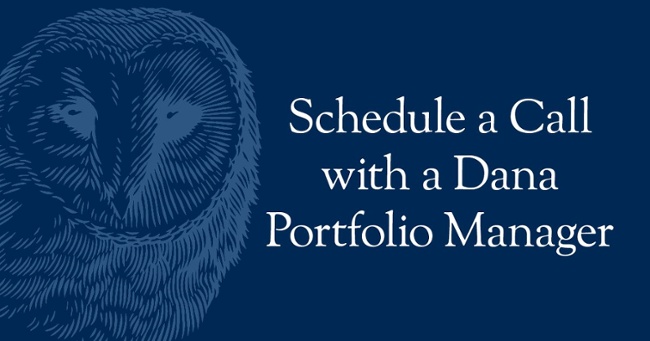Is Consolidation Among Asset Managers Good for the Client?
Mergers and Acquisitions (M&A) activity among asset management firms is creating some investment behemoths. As these businesses scale up, we hope their clients are asking a critical question: What’s in it for me?
The consolidation wave running through the industry continued this month, with Morgan Stanley announcing it will acquire Eaton Vance, and Trian taking stakes in two large asset managers with the hopes they will merge. The announcements follow several other mega-deals in the past few years.
Too often, the touted benefits of these mergers seem focused on two factors: size and scale. But does bigger mean better for the client? As a small investment boutique, we admit we approach this argument with our own bias, but we see a few reasons clients may not benefit when their investment partners merge.
For starters, we believe client service suffers when firms get too large. Deals that focus on size and scale are also focused on efficiency. But here’s the problem: What’s efficient for the asset manager may be the opposite for the client. If you double the assets (and, presumably, clients) and lay off half the client service staff due to redundancies then yes, the asset manager has eked out an “efficiency” that improves the bottom line. But is it more or less efficient for the end client to get answers about their portfolio from someone who is now servicing more accounts?
We live in an age where clients should not just demand investment results from their asset manager, but also communication and access. The sharing of investment ideas is part and parcel to an investment partnership. At a large investment management firm, you might get to watch a video from a portfolio manager online, but what are the odds he or she covers exactly what’s on your mind? At Dana, our portfolio managers have been known to get on the phone with an advisor and his client. We believe in the partnership concept and know at times hearing from the decision-maker is key in the advisors’ relationship.
Boutiques have another advantage relative to larger managers: getting fresh ideas into the portfolio. If an investment analyst at one of the largest firms has a unique investment idea, how quickly can that idea get funneled up to a large team of portfolio managers, and implemented into their myriad investment strategies? It seems more than reasonable to believe that idea generation can make its way into a portfolio quicker when the analyst and portfolio manager are right down the hall from each other and can fully flesh out all the things that go into a stock decision.
Working in reverse, if an investment analyst turns sour on an idea, it seems logical they could get the stock out of portfolios quicker when the lines of communication are shorter. All things being equal, it seems that when it comes to acting on investment insights, the first-mover advantage lies with the boutique.
Finally, we believe size affects commitment to the firm, and ultimately, its clients. Many boutiques, including Dana, are employee-owned. Large firms will tout being invested alongside clients by having portfolio managers invested in the funds they manage. We think this pales in comparison to owning the actual firm that serves those clients.
Our investment staff is personally vested in the success of our clients and of the firm, as evidenced by the average 13-year tenure of our portfolio managers. We doubt that a bonus alone can keep investment staff at a large firm as engaged with client outcomes. As that investment team member reviews their career prospects in light of a big merger, they may not just be reviewing stocks. They may be brushing up their resumes.



